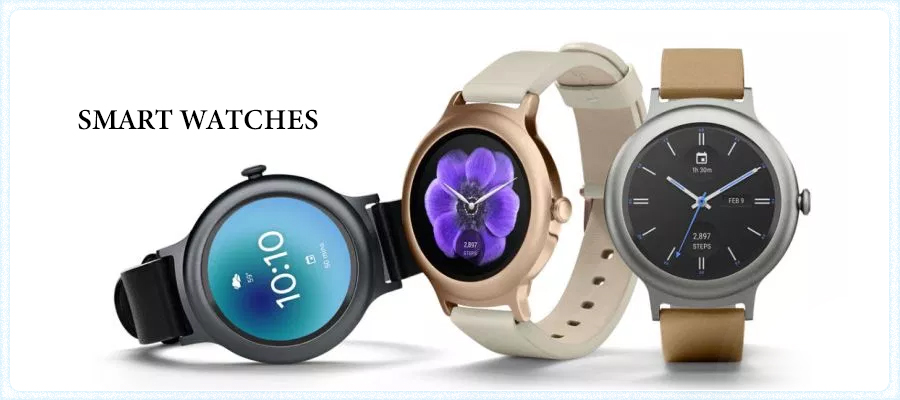
A wearable computing gadget worn on a client’s wrist that offers usefulness and capacities like those of a cell phone. Smartwatches are intended to, either all alone or when combined with a cell phone, give highlights like associating with the web, running portable applications, making calls, informing by means of content or video, checking guest ID, getting to stock and climate refreshes, giving wellness observing abilities, offering GPS directions and area headings, and that’s only the tip of the iceberg.
The Apple Watch and Wear OS (formerly Android Wear) models prompted more consumers to appreciate the usefulness of wearing a mini computer on their wrists. In addition, specialty smartwatches for outdoor activities often supplement other, bulkier devices in an adventurer’s tool kit.
What Do Smartwatches Do?
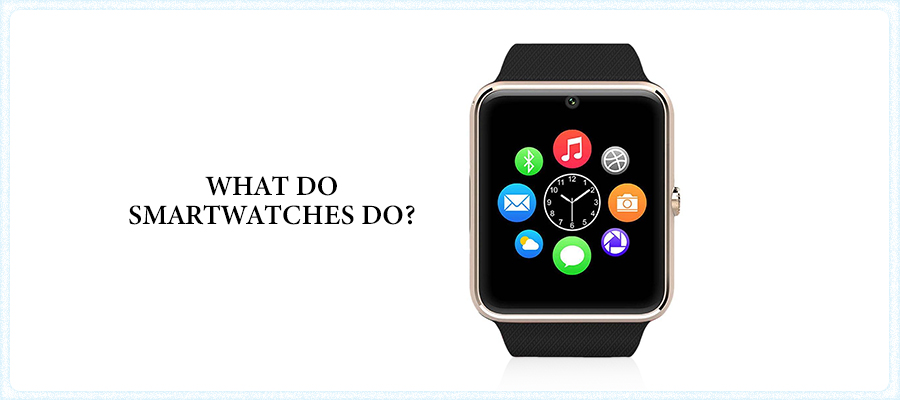
Notifications: Smartphones display notifications to alert you of important events or activities.
Apps: Beyond displaying notifications from your phone, a smartwatch is only as good as the apps it supports.
Media management: Most smartwatches paired with smartphones can manage media playback for you.
Answer messages by voice
Fitness tracking: many smartwatches include a heart rate monitor and a pedometer to help track your workouts.
GPS: Most smartwatches include a GPS for tracking your location or receiving location-specific alerts.
Good battery life: Modern smartwatches feature batteries that will get you through the day, with normal use, with a bit of juice still left to go. gets 18 hours of normal use on a single charge, while the Pebble gets two or three days.
Types of Smartwatches
Smartwatches occupy two niches in the wearables market. First, a general-purpose smartwatch — like the Apple Watch and most Google-powered Wear OS devices — blend form and function.
You’ll see vendor-specific classes of general-purpose smartwatches in the consumer market:
Apple Watch: Designed and sold by Apple
Wear OS watches: Designed and sold by many vendors, using Google’s Wear OS operating system
Tizen watches: Proprietary operating system designed by Samsung for its popular Galaxy line of smartwatches
The other specialty incorporates claim to fame gadgets proposed for explicit use cases. These gadgets regularly offer an increasingly strong form of a wellness tracker, to the extent that they seep between a telephone subordinate smartwatch and an independent wellness tracker like a Fitbit.
Examples of these specialized devices include:
Hiking watches: Intended for remote travel and including strong battery life, GPS following and route, fundamental vitals, and climate estimating. Regularly built for cutting edge toughness to ensure against knocks, drops, residue, and water. Models incorporate the Garmin Fenix 5 Plus, the Suunto 9 Baro, and the TomTom Adventurer.
Diving watches: Connect your first-arrange controller to a Bluetooth transmitter to utilize a jumping watch. Garmin’s Descent Mk1 and Suunto’s DX offer profundity, time-remaining, temperature, and other significant pointers.
Flying watches: A specialty showcase, yet Garmin’s D2 Delta PX offers on-wrist beat Ox, a logbook, a GPS-fueled moving guide, and NEXRAD climate.
Some Brands of Smartwatches: –
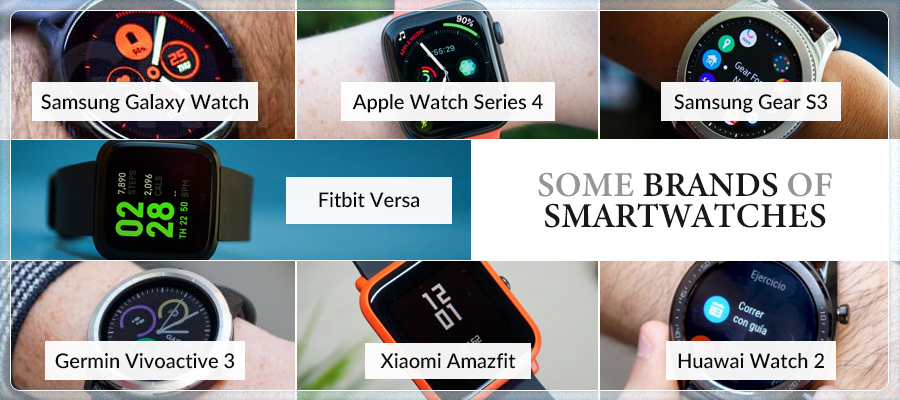
- Samsung Galaxy Watch
- Apple Watch Series 4
- Samsung Gear S3
- Fitbit Versa
- Germin Vivoactive 3
- Xiaomi Amazfit
- Huawai Watch 2










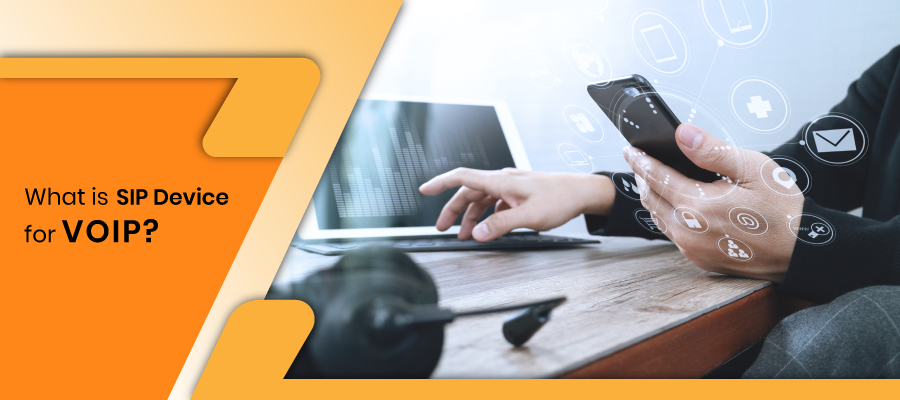
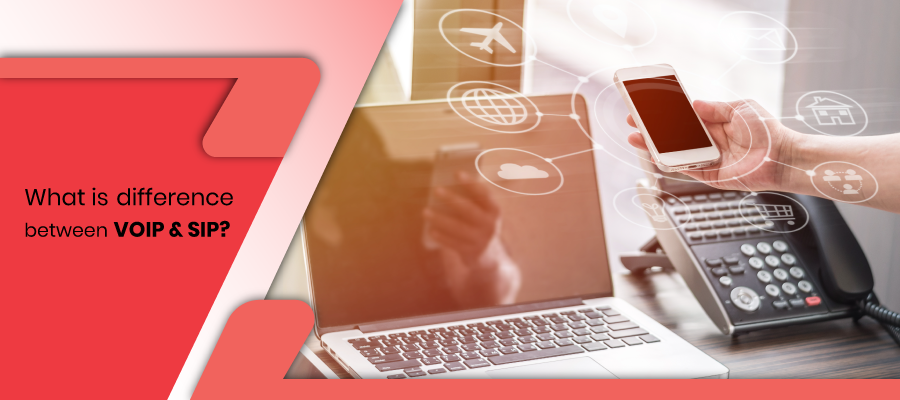

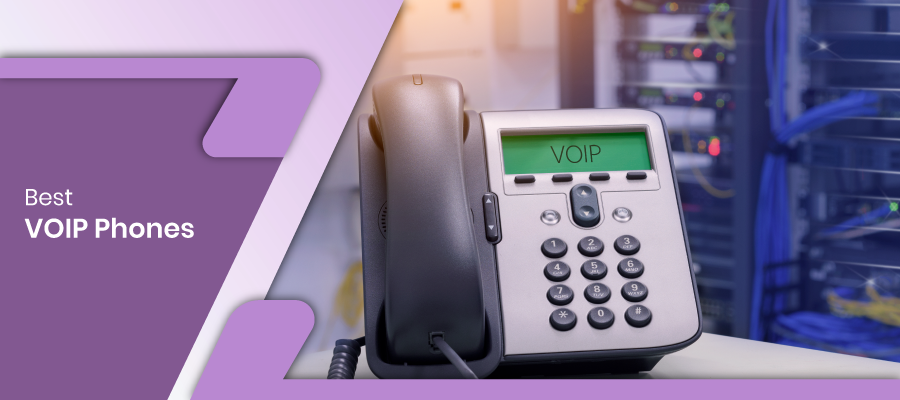
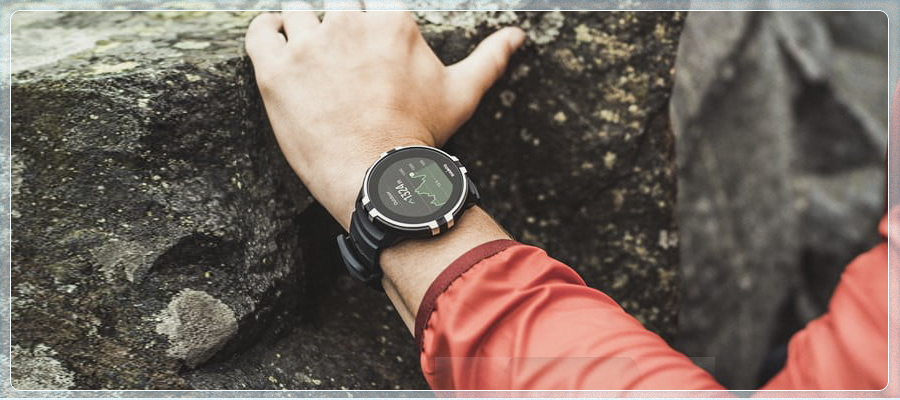


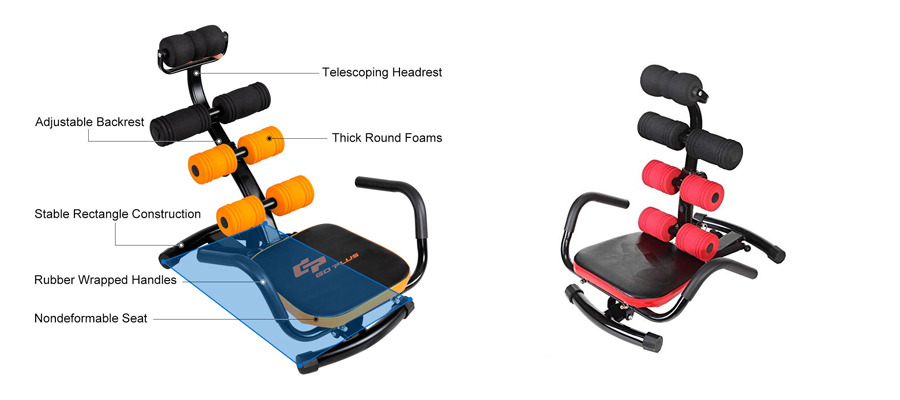
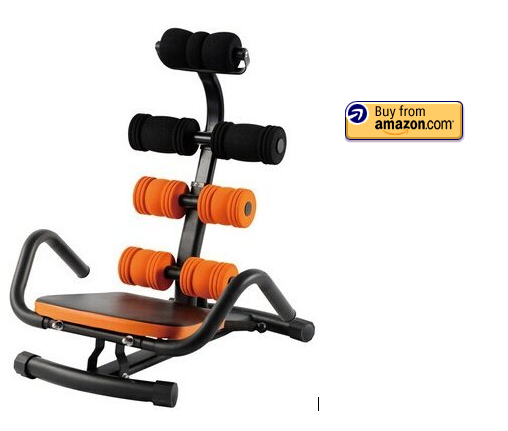
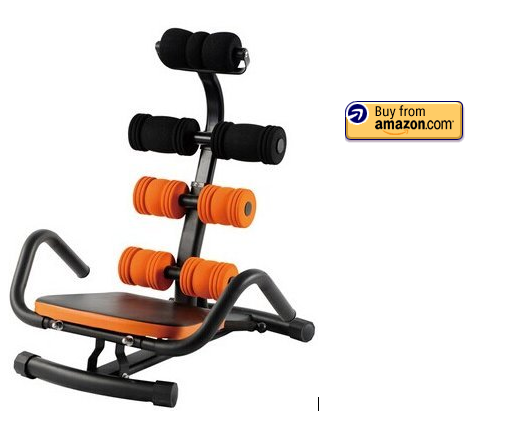
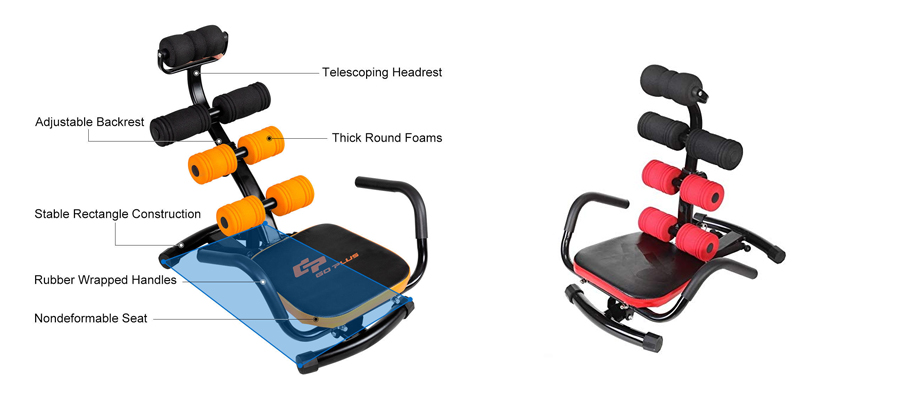



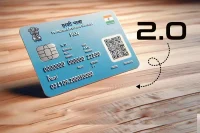
Leave a comment